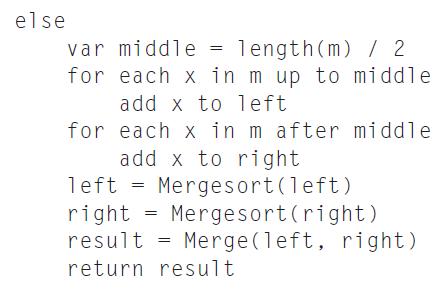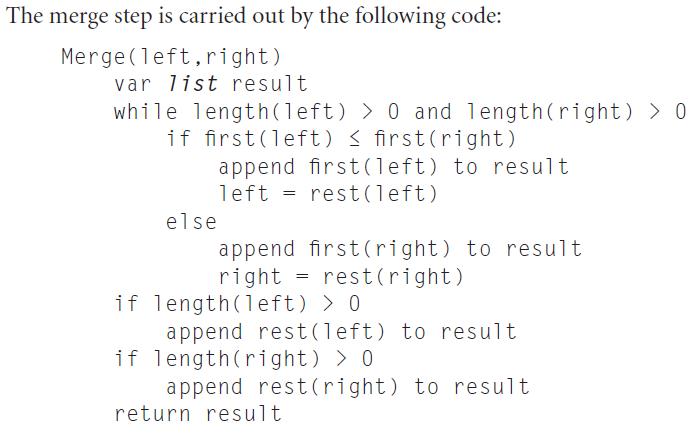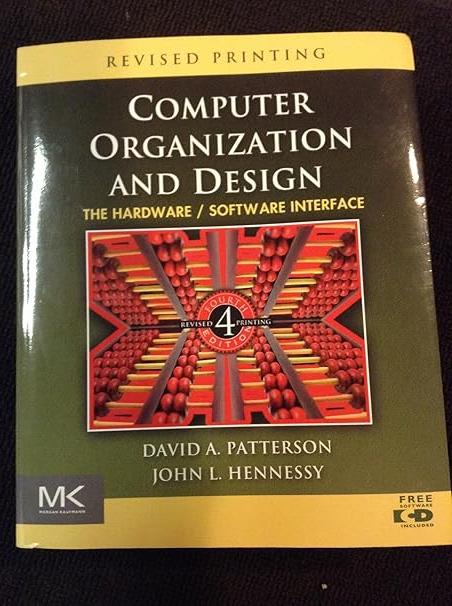Next, assume that Y is equal to length(m). How would this affect your conclusions your previous answer?
Question:
Next, assume that Y is equal to length(m). How would this affect your conclusions your previous answer? If you were tasked with obtaining the best speedup factor possible (i.e., strong scaling), explain how you might change this code to obtain it.
Consider the following recursive mergesort algorithm (another classic divide and conquer algorithm). Mergesort was first described by John Von Neumann in 1945. The basic idea is to divide an unsorted list x of m elements into two sublists of about half the size of the original list. Repeat this operation on each sublist, and continue until we have lists of size 1 in length. Then starting with sublists of length 1, "merge" the two sublists into a single sorted list.


Step by Step Answer:

Computer Organization And Design The Hardware Software Interface
ISBN: 9780123747501
4th Revised Edition
Authors: David A. Patterson, John L. Hennessy





